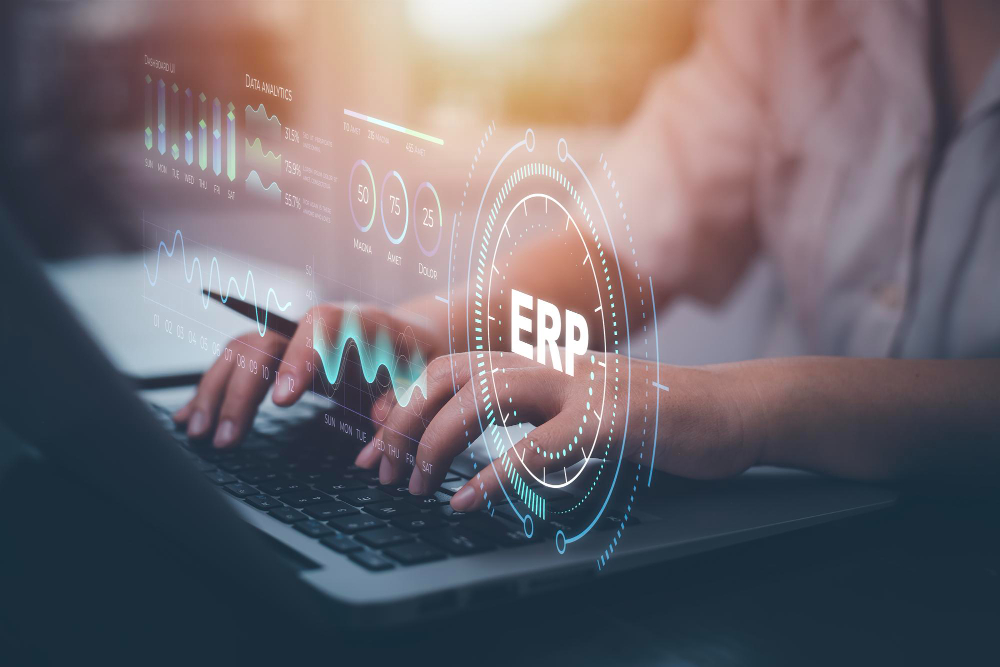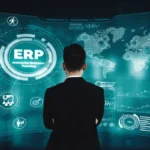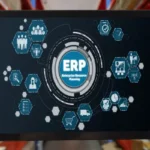Blog Insights
Why UAE Trading Companies Are Choosing ERPNext

Why UAE Trading Companies Are Choosing ERPNext
Running a trading business in the UAE comes with its own set of pressures. It’s not just about buying goods and selling them. You’re handling overseas suppliers, shipping delays, pricing changes, stock movement, VAT rules, and a need for speed.
In a place where competition moves fast and regulations are tight, using multiple disconnected systems just doesn’t work anymore. Yet many firms are still juggling spreadsheets, standalone apps, or manual processes that slow everything down.
ERPNext for trading companies in the UAEoffers a better way forward. More and more UAE-based trading businesses are switching to ERPNext because it brings everything together into one connected workspace, including your sales, stock, purchases, accounts, and reporting
What ERPNext for Trading Companies Does
Imagine having a single system where your team can create quotes, turn them into orders, send invoices, track payments, and monitor deliveries, all without jumping between software or waiting for someone to reply to an email. That’s what ERPNext for Trading Companies allows you to do.
Think of it like your company’s internal control room. Everything you need to manage is right there in one place: stock levels, customer orders, purchase tracking, finance entries, VAT returns, and even role-based access.
Key Problems ERPNext Solves for Trading Companies
Let’s break this down into the real issues many trading firms in the UAE face:
- You’re using four or five different apps that don’t talk to each other.
- Stock levels are updated manually or not at all.
- VAT returns take too long to prepare and often need corrections.
- Teams waste hours chasing information or updating spreadsheets.
- It’s hard to grow or open a new branch without everything breaking.
ERPNext solves these problems by centralizing your data and simplifying how teams work. Your warehouse doesn’t need to call accounting. Sales can see stock instantly. Management gets real-time reports. Everyone works faster, and lesser errors are made.
Core Features of ERPNext That Help UAE Traders
Here’s a look at the tools ERPNext gives you, explained simply
1. Inventory Management
You can track every item across all your warehouses. Set reorder thresholds, transfer inventory between sites, and monitor quantities in real time. No more running out of things or placing excessive orders.
2. Sales & CRM
From generating quotes to closing deals, your sales team can manage it all. Orders are easy to create, and invoices are ready in just a few clicks. Customers can be followed up on quickly using built-in reminders.
3. Purchase Tracking
Send RFQs to vendors, compare prices, approve the best one, and track what’s been delivered. You always know what’s outstanding, who’s been paid, and which supplier is delaying things.
4. Accounting & VAT
Generate tax-compliant invoices, track expenses, view real-time financial reports, and submit accurate VAT returns. ERPNext supports the UAE’s tax structure and currency formatting
5. Multi-Currency Supportt
If you’re importing from China or Europe and selling in the GCC, you deal with different currencies all the time. ERPNext auto-adjusts prices based on daily exchange rates and calculates any gains or losses.
6. Document Storage
Upload POs, invoices, shipping papers, and receipts. Link them to the correct transaction so that nothing gets lost in email chains.
7. User Roles
Give each team member access to just the areas they need. Sales sees clients, warehouse sees stock, and accounts sees payments. They all work more quickly without stepping on each other’s toes.
How ERPNext Plays Out in a Day
Let’s walk through how a typical UAE trading firm might use ERPNext over the course of a day.
Start of Dayt
When a member of the sales team logs in, low-stock alerts appear. A client in Oman has just approved a quote, so the rep converts it into an order. The warehouse is notified automatically.
Mid-Morning
New inventory arrives from China. The team receives the shipment and logs the details in ERPNext. The cost is linked back to the PO, and customs charges are added to calculate the true landed cost.
Afternoon
The finance team runs a tax summary report. A few adjustments are made, and VAT returns are scheduled for submission. Meanwhile, the dashboard shows that one vendor has delayed delivery on a high-priority order. A follow-up is triggered..
Wrapping Up the Workday
By the end of the day, every department has completed its work without having to follow up on updates or correct inconsistencies. Teams from sales, warehousing, and finance collaborated using a single system. No follow-up calls. No late-night spreadsheet fixes. Just a regular day made simpler with ERPNext.







